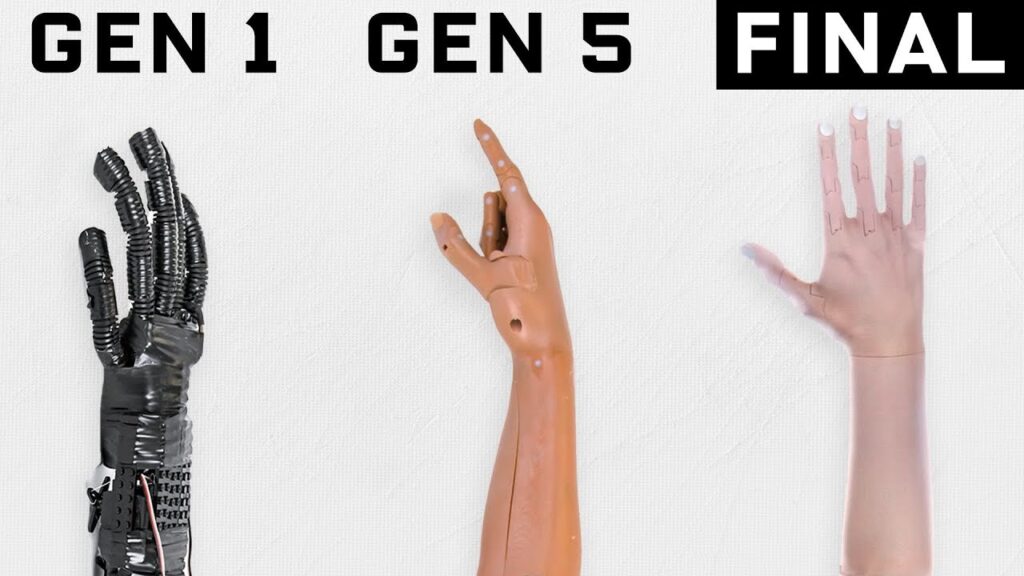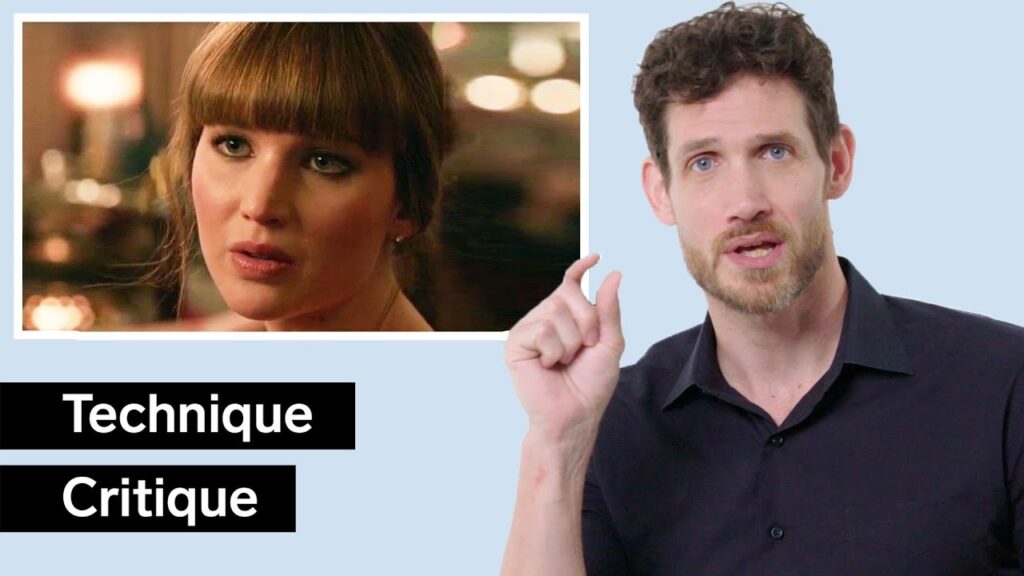Shifting Costs and Consumerism in Healthcare
Summary
In this article, we discuss the impact of market forces on healthcare and how it has led to a lack of transparency in pricing. We explore how the incentives for employers to provide medical care for their employees have caused our addiction to having someone else pay for our healthcare. However, with the introduction of different levels of healthcare spending, such as high and low deductible plans, consumers are becoming more aware of the costs associated with their healthcare decisions. This has led to a shift in behavior and a need for transparency in pricing.
Table of Contents
- The Impact of Market Forces on Healthcare
- Addiction to Having Someone Else Pay for Our Healthcare
- The Introduction of Different Levels of Healthcare Spending
- The Shift in Consumer Behavior
- The Need for Transparency in Pricing
The Impact of Market Forces on Healthcare
The lack of transparency in pricing in healthcare is a result of market forces. Consumers are often unaware of the costs associated with their healthcare decisions, such as knee surgery or a visit to the emergency room. This lack of transparency has been a problem since World War I, where the incentives for employers to provide medical care for their employees led to a surrender of responsibility for healthcare costs. As a result, consumers have become addicted to having someone else pay for their healthcare.
Addiction to Having Someone Else Pay for Our Healthcare
The addiction to having someone else pay for our healthcare has led to a lack of concern for the costs associated with healthcare decisions. However, the introduction of different levels of healthcare spending, such as high and low deductible plans, has caused consumers to become more aware of the costs associated with their healthcare decisions.
The Introduction of Different Levels of Healthcare Spending
Employers are now offering different levels of healthcare spending, which has caused a shift in consumer behavior. Consumers are now more concerned with the costs associated with their healthcare decisions, and are making more informed choices. For example, a visit to an emergency room can cost up to $1,000, while an urgent care visit can cost as little as $45. Consumers are now choosing between the two based on their needs and the associated costs.
The Shift in Consumer Behavior
The shift in consumer behavior has led to a need for transparency in pricing. Consumers are demanding more information about the costs associated with their healthcare decisions, and are making more informed choices as a result. This has led to a need for transparency in pricing, which will allow consumers to make more informed decisions about their healthcare.
The Need for Transparency in Pricing
The need for transparency in pricing is essential to the future of healthcare. Consumers need to be able to make informed decisions about their healthcare, and this requires access to information about the costs associated with their healthcare decisions. With the introduction of different levels of healthcare spending, consumers are becoming more aware of the costs associated with their healthcare decisions. As a result, the need for transparency in pricing is more important than ever.
Conclusion
In conclusion, the introduction of different levels of healthcare spending has caused a shift in consumer behavior, leading to a need for transparency in pricing. Consumers are now more concerned with the costs associated with their healthcare decisions, and are making more informed choices as a result. The need for transparency in pricing is essential to the future of healthcare, and will allow consumers to make more informed decisions about their healthcare.







